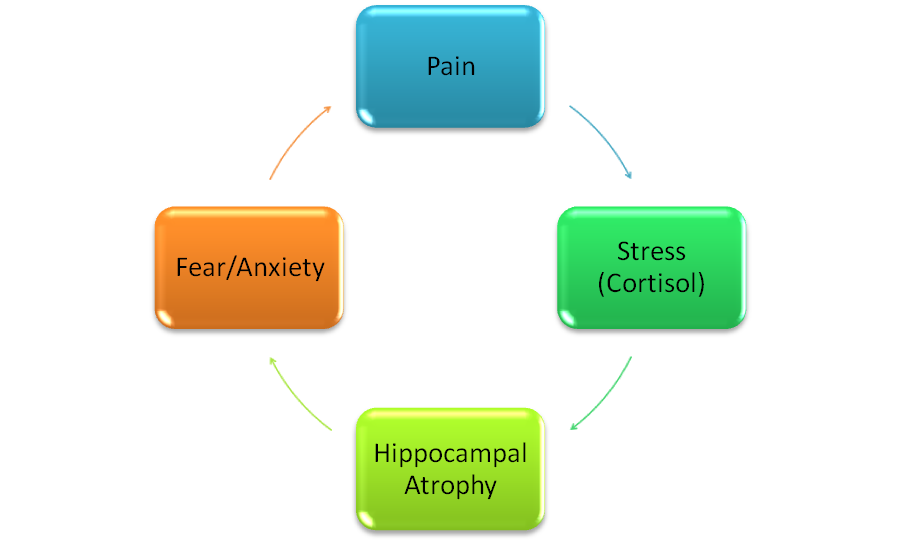Three Stonemasons
- At April 22, 2013
- By Healing In Motion
- In Story
 0
0
During the early years of the fourteenth century the foundations of a magnificent cathedral were being laid in central Europe. The Clerk of Works was a monk who was charged with the task of supervising the work of all the labourers and artisans. This monk decided to carry out a study into the working practices of the stonemasons. He singled out three stonemasons as being representative of different attitudes towards their profession.
He approached the first stonemason and said, “My brother, tell me about your work.”
The stonemason stopped what he was doing for a moment and replied in a clipped voice full of anger and resentment, “As you see, I sit here in front of my block of stone. It measures a metre, by half a metre, by half a metre. And with every blow of my chisel against the block I feel as though I am chipping away a part of my life. Look, my hands are callused and hard. My face is lined and my hair is grey. This work is never-ending, the same day in, day out. It wears me out. Where”s my satisfaction? I”ll be dead long before the cathedral is even a quarter finished.”
The monk approached the second stonemason. “Brother,” he said, “tell me about your work.”
“Brother,” replied the stonemason in a soft, even voice, “as you see, I sit here in front of my block of stone. It measures a metre, by half a metre, by half a metre. And with every stroke of my chisel against the block I sense I am carving out a life and a future. Look, how I am able to shelter my family in a comfortable house, far www.atoledo.com better than that in which I grew up. My children attend school. No doubt they will look forward to even more in life than I do. All this is made possible by my work. As I give to the cathedral through my skill, the cathedral gives to me.”
The monk approached the third stonemason. “Brother,” he said, “tell me about your work.”
“Brother,” replied the stonemason smiling and in a voice full of joy,” as you see, I sit here in front of my block of stone. It measures a metre, by half a metre, by half a metre. And with every caress of my chisel against the block I know I am shaping my destiny. Look, see how the beauty trapped within the form of this stone begins to emerge. Sitting here, I am celebrating not only my craft and the skills of my profession, but I am contributing to everything that I value and believe in, a universe – represented by the cathedral – where each gives of his best for the benefit of all. Here at my block I am at peace with who I am, and I am grateful that, although I will never see the completion of this great cathedral, it will still stand a thousand years from now, a beacon celebrating what is truly worthy in all of us, and a testament to the purpose for which the Almighty has put me on this earth.”
The monk went away and reflected on what he had heard. He slept more peacefully that night than he had ever done, and the next day he resigned his commission as Clerk of Works and apprenticed himself to the third stonemason.
Taken from “The Magic of Metaphor” by Nick Owen and credited to Rachel Naomi Remen
Stress Management Could Help Decrease Pain
- At April 14, 2013
- By Healing In Motion
- In Research
 0
0
A recent study by Dr. Pierre Rainville and Étienne Vachon-Presseau from the University of Montreal has shed some light on the relationships between stress, the brain and pain. Their study compared 16 patients with chronic back pain with a control group of 18 healthy subjects. They found that back pain patients had higher levels of cortisol than subjects from the control group. Cortisol is produced by the adrenal glands and is secreted in response to stress. It’s a steroid hormone that increases blood sugar levels, suppresses the immune system, and may decrease bone formation; so an excess, particularly when maintained over a long period, is detrimental to health. The higher cortisol levels were associated with smaller hippocampal volumes. The hippocampus is a part of the brain that is involved in learning, memory and regulation of emotion. People with depression and post-traumatic stress disorder have been found to have hippocampal atrophy. The subjects with chronic back pain had stronger responses to pain stimuli in a brain region involved in anticipatory anxiety in relation to pain. Brain activity in response to the painful stimulus partly reflected the intensity of the patient’s current clinical pain condition.
The findings can be summarised in the following flow chart.
The authors suggest that stress management techniques such as relaxation and meditation should be used to complement medical treatments in patients with pain. They believe this can help to decrease the impact of pain and perhaps even prevent chronicity.






